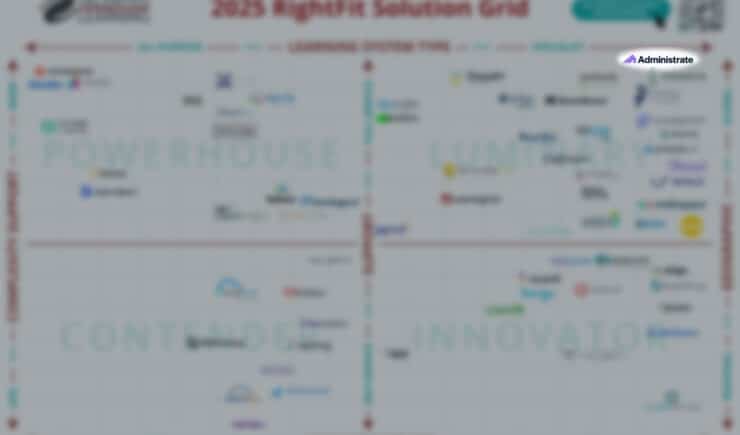Microlearning is the practice of delivering small, focused training bursts that learners can consume quickly, on any device, at any time. It’s ideal for hybrid workforces, mobile learners, and fast-changing industries. With the right learning tech, you can support microlearning at scale — without adding complexity.
The asynchronous, snackable learning revolution
Learning is changing. Learners scroll, swipe, watch, and share — often in seconds. This “snackable” behavior is transforming how training is consumed. Traditional formats like instructor-led training (ILT) are still relevant, but they’re being joined by virtual ILT, blended learning, and now, mobile microlearning (mLearning).
Training teams that embrace mobile delivery methods — especially SMS- and email-based microlearning — are seeing better engagement and reach.
Knowledge transfer in a hybrid, changing workforce
Microlearning improves knowledge transfer by 17% compared to traditional classroom methods, according to the Journal of Applied Psychology.
In a world of remote work and hybrid schedules, resilience depends on flexible, fast training. Microlearning enables just-in-time content delivery that helps employees upskill quickly and stay aligned with shifting business goals.
1. Automated email and SMS communications
Can your training software automatically trigger personalized messages across channels? If not, microlearning will be harder to scale.
A Training Management System (TMS) enables:
- Event-triggered communications via email and SMS
- Reinforcement content delivered on the learner’s device
- Integration with content libraries for bite-sized follow-ups
This makes mobile learning feel native, timely, and relevant.
2. Promote training engagement with multimodal learning paths
Microlearning doesn’t mean abandoning all other formats. Instead, it works best when integrated into multimodal learning paths — a combination of:
- Short mobile content
- Virtual instructor-led courses
- Asynchronous eLearning modules
- In-person certifications
A TMS lets you orchestrate these formats into cohesive learning paths across systems, geographies, and teams. It ensures content stays accessible and measurable, regardless of delivery method.
3. Encourage shared learning experiences
Learning shouldn’t happen in a vacuum.
Use tools like Slack, Microsoft Teams, or internal social platforms to:
- Share short-form content
- Highlight learner achievements
- Encourage peer learning
Microlearning thrives in collaborative environments. When learners can quickly share a helpful video, slide, or insight, the value of training multiplies.
4. Embrace the future with data-driven decision making
Microlearning creates data. Lots of it.
From open rates on training messages to completion rates for mobile modules, every interaction is trackable. This is where a TMS becomes critical. It consolidates learner data from across systems and provides:
- Real-time insights into engagement
- Predictive analytics for learner performance
- Dashboards for business stakeholders
Administrate’s platform approach lets training teams adapt faster, personalize training, and measure impact.
TL;DR Summary
What is microlearning?
Microlearning is short, focused learning content designed to be consumed quickly. It’s often delivered via mobile devices, SMS, email, or social platforms to meet learners where they are.
Is microlearning effective in corporate training?
Yes. Studies show that microlearning can boost knowledge retention and engagement, especially in hybrid or remote work environments.
How does microlearning fit into broader training programs?
Microlearning works best when integrated into multimodal learning paths — combining different formats like ILT, vILT, eLearning, and assessments.
Do I need a TMS to deliver microlearning?
While not required, a TMS simplifies microlearning delivery by automating communications, integrating with your LMS, and giving you full visibility into training effectiveness.





